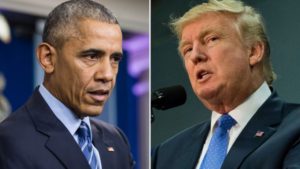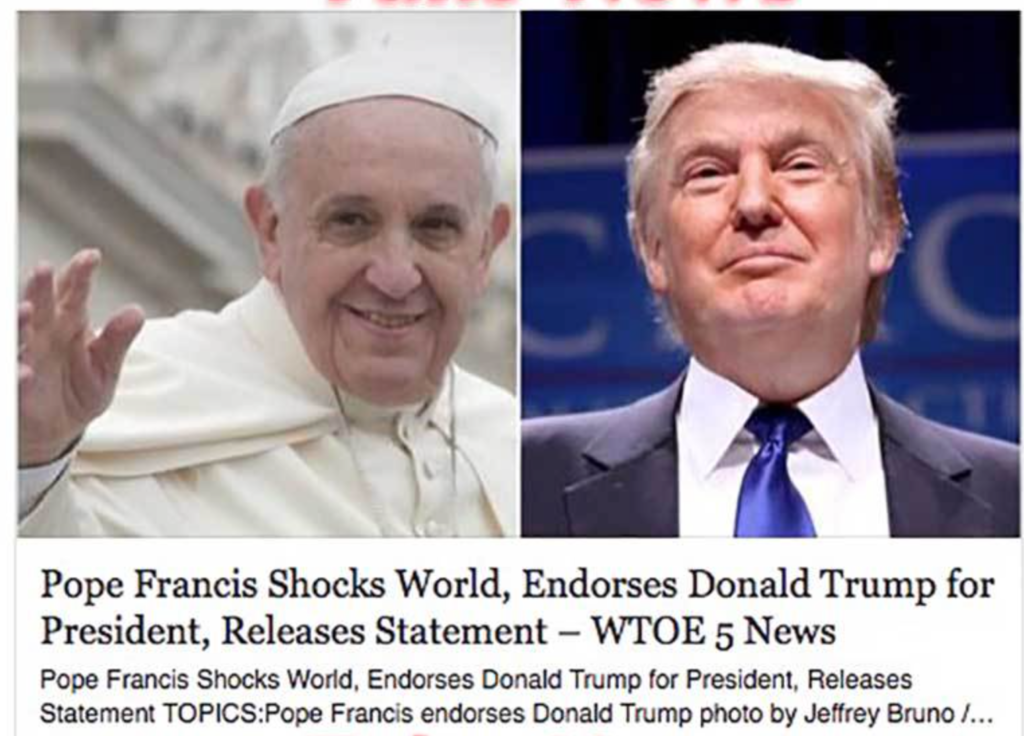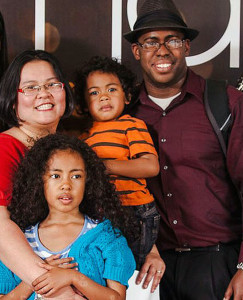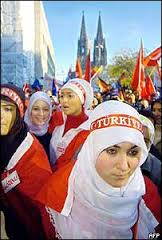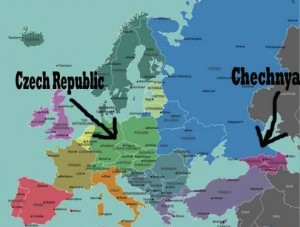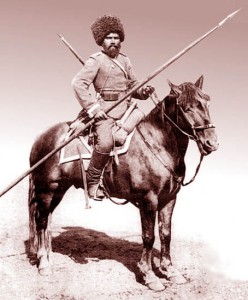A newly created app, “Finding Home”, created by the advertising firm Grey Malaysia, together with the United Nations, gives some insight into what refugees experience, allowing users, according to the AP, to “walk a mile in a refugee’s shoes” by simulating the daily struggles of a fictional Rohingya Muslim, 16-year old “Kathijah,” forced to flee her home in Myanmar and striving to set up a new life in Malaysia. Through the app, users simulate her experience by peeking in on Kathijah’s phone conversations.
For real-life refugees, using phones for communication and for cultural integration can be a real lifeline. I’m currently writing a piece for Language Learning & Technology on smartphones (given the 10th anniversary this year of the iPhone) in which I discuss this topic:
While language learning may not be an issue of central importance in the lives of many of our students, learning a second language, along with the cultural framework that comes with it, is a matter of crucial importance to one population – migrants and refugees. For these groups, mobile phones are a powerful instrument in potentially life-changing (or life-threatening) situations, as reported by the European Union Institute for Security Studies:
Migrants are linking up online to cross borders and meet their basic needs. They are using smartphones to share tips and geo-positional data as they cross North Africa. They rank and rate Afghan people-smugglers, trying to hold the criminals accountable for the safe transport of family members. On Google they share tips, such as to avoid exploitative Istanbul taxi drivers or evade new EU border controls.
The kind of device migrants use will vary with the individual and place of origin. One account has shown that among young Syrian refugees, 86% owned a smartphone. A number of mobile apps have been developed by NGOs and government agencies to help migrants in a variety of areas, including language learning, cultural integration, and practical day-to-day living. Some apps aid in the process of migrants making their way through intermediate countries to their final destination. InfoAid helps refugees in Hungary, while Gherbtna is aimed at Syrians newly arrived in Turkey. The Mobile Legal Info Source helps navigate Turkey’s legal system. The Crisis Info Hub offers support for new arrivals in Greece.
In Germany, the hoped-for destination of many refugees, a number of apps have been created targeting the immigrant population. The Goethe Institute, along with federal agencies dealing with immigration and employment, have created “Ankommen” (Arrival), available in Arabic, English, Farsi, French, and German. As do other such apps, it is designed with minimal technical requirements, so as to be usable on older phones. It features three branched areas: German language study, German asylum procedures, and tips on living in Germany. Integreate offers a similar service for refugees in Germany. It’s available in five languages and features information specific to one of the 80 German cities targeted. Daheim (At Home) offers a meeting platform for new arrivals and German natives, designed for language learning and intercultural exchange. The ReDi School of Digital Integration in Berlin is developing “Bureaucrazy” to help refugees make their way through German bureaucracy, featuring language help and practical information on filling out forms in German. The school also has started a program teaching refugees how to code and create mobile apps.
Of course, not all refugees have smartphones, but we are seeing costs coming down dramatically for Android phones. At the same time, feature phones are becoming “smarter”, with features that used to be reserved for expensive smartphones. As those developments continue, it is likely that phones will represent an ever greater lifeline for those finding their way to a new home and for those seeking resources to help them establish a footing linguistically and culturally in their new homes. Vice news has a recent story on this topic.

